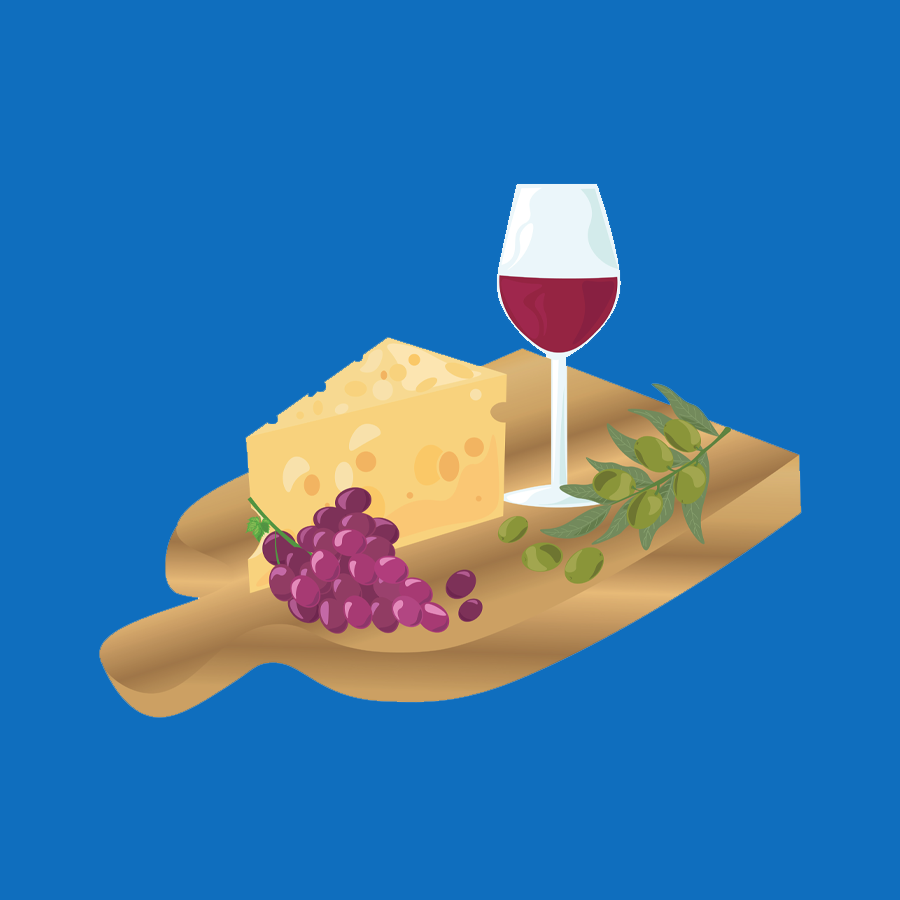Introduction
For caterers, crafting a successful event menu is about more than offering delicious options—it’s about creating a journey of flavor that guests will remember long after the last plate is cleared. This is where the psychology of food pairing comes into play.
Pairing isn’t just about matching wine to meat or cheese to fruit. It’s about orchestrating a series of sensory moments that build upon one another, trigger emotion, and create a full-bodied dining experience. When done right, thoughtful food pairings can elevate your catering service, impress clients, and deliver that “wow” factor guests talk about for days.
Let’s explore the science, psychology, and strategic tools behind creating unforgettable food pairings and how Caterease can help you execute them flawlessly.
The Science Behind Flavor Pairing
Flavor pairing has a chemical foundation. Certain foods share complementary flavor compounds at the molecular level, making them a natural match. But it’s more than science—it’s an art that blends taste, aroma, texture, and temperature.
Key Concepts:
• Complementary flavors – Matching foods with similar aromatic compounds (e.g. basil + tomato, strawberry + balsamic).
• Contrasting elements – Pairing opposites like salty & sweet or crispy & creamy for balance and excitement.
• Umami synergy – Combining rich, savory elements (like mushrooms and miso) creates a deep, satisfying experience.
• Texture pairing – Crisp vs. velvety, crunchy vs. smooth. Texture contrast enhances mouthfeel and keeps guests engaged.
Understanding the science helps caterers design exciting and harmonious dishes that delight guests from the first bite to the last.
Psychological Principles That Impact Pairing Success
1. Expectation vs. Surprise
Guests love familiarity—but they also crave a twist. Combine a classic dish with an unexpected element to elevate the experience.
2. The Power of Nostalgia
Food tied to memory or childhood evokes strong emotional responses.
3. Color Psychology & Plating
Color influences how we perceive taste. Bright colors can imply freshness, while muted tones feel richer or heartier. Well-paired colors can make a plate feel more intentional—and more delicious.
4. Cultural Associations
Tapping into traditional pairings from global cuisines can foster a deeper connection with guests. But it’s essential to respect the origins of these combinations when incorporating them into fusion menus.
Structuring a Multi-Course Menu with Pairing in Mind
Memorable menus don’t happen by accident—they’re carefully composed with arc, pacing, and flow.
Start Light, Finish Bold


Consider Transitions Between Courses


Pairing With More Than Just Wine
Drinks, aromas, and even sound can elevate pairings. Consider:
• Craft cocktail pairings to enhance flavor notes.
• Table-side herb infusions or dry ice presentations.
• Curated playlists that match the pacing and tone of the meal.
Food Pairing Pitfalls to Avoid
1. Overcomplicating Flavor Profiles
Too many strong elements can overwhelm the palate. Stick to one or two stars per plate and let the supporting ingredients shine subtly.
2. Ignoring Guest Preferences or Restrictions
Always account for dietary needs—vegan, gluten-free, nut-free pairings should be just as thoughtful and cohesive.
3. Lack of Cohesion
Menus that jump between too many cuisines or tones can feel scattered. Keep the pairing strategy consistent throughout the event.
4. Neglecting Seasonality
Fresh, seasonal ingredients not only taste better—they’re more affordable and sustainable. Pairings built on seasonal flavors feel fresher and more intentional.
How Caterease Helps Caterers Master Pairings
1. Streamlined Menu Planning
Design multi-course menus with ease, drag and drop items into categories, and create pairing sets that are easy to present to clients or adjust on the fly.
2. Ingredient & Portion Tracking
Caterease allows you to:
• Monitor inventory levels of key pairing ingredients.
• Ensure consistency across guest meals and portion sizing.
• Quickly swap or update items based on seasonal availability or client feedback.
3. Customization for Guest Preferences
With Caterease, you can:
• Flag and accommodate allergy or dietary restrictions across all courses.
• Save menu templates with proven pairings for repeat use.
• Offer client-specific versions of paired menus with minimal back-end effort.
In short, Caterease pairs both art and science with all the operational support needed to back it up.
Conclusion
The best dining experiences tell a story, and pairing is the language that ties that story together. From flavor chemistry to emotional resonance, food pairings help turn a meal into a multi-sensory memory.
By understanding the psychology of how people taste, feel, and remember food, caterers can design menus that leave a lasting impression—and clients who return repeatedly.
With the right vision and tools like Caterease, you’re not just feeding guests; you’re curating an experience they’ll never forget.
Frequently Asked Questions (FAQ)
1. What makes two foods pair well together?
Great pairings often rely on shared flavor compounds, textural contrast, and complementary or contrasting tastes (e.g., sweet + salty). Understanding how flavors interact is key to pairing success.
2. Do I need formal culinary training to create thoughtful pairings?
Not at all! Many caterers develop pairing skills through experience, feedback, and creativity. Tools like Caterease help you test and refine pairings with ease.
3. How can I accommodate dietary restrictions while still offering great pairings?
Offer parallel pairings for vegan, gluten-free, or allergen-sensitive guests. Caterease lets you track guest preferences and adjust menus accordingly—without sacrificing flavor or flow.
4. What’s the ideal number of courses in a paired menu?
It depends on the event, but 3 to 5 courses is a sweet spot for weddings and formal dinners. For tastings, 6 to 8 smaller bites work well if pacing is managed carefully.
5. Can Caterease help with beverage pairings too?
Yes! You can incorporate cocktails, wines, or mocktails into your menus and track pairings within the system—ensuring cohesion, consistency, and easy client presentation.

